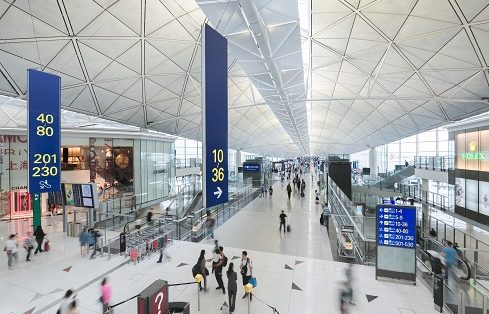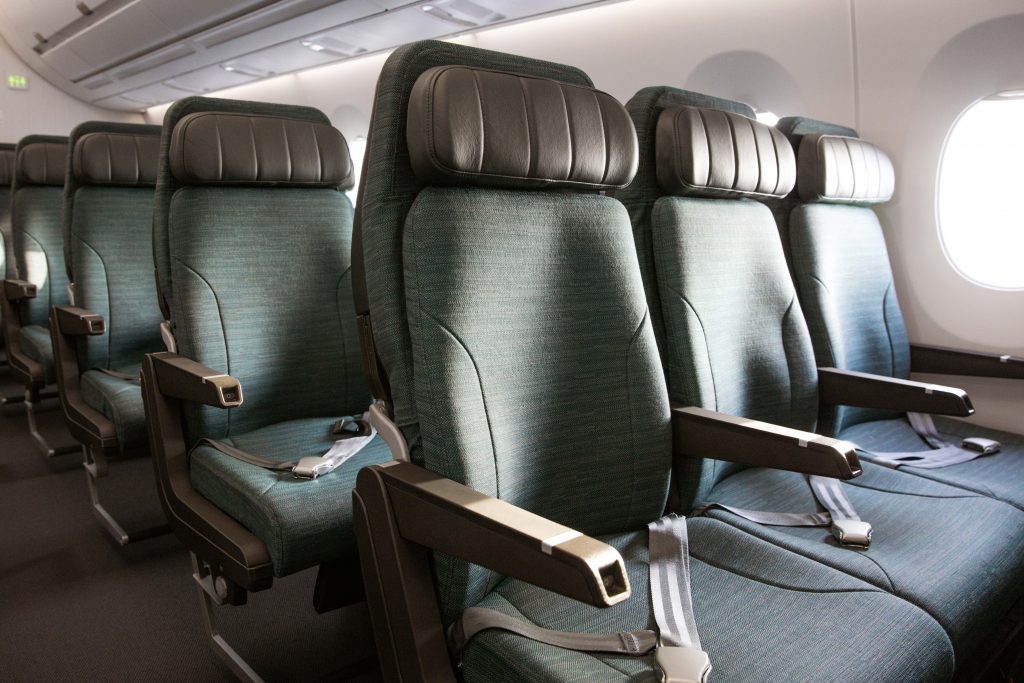
A mysterious pneumonia outbreak that has sickened at least 57 people in the mainland Chinese city of Wuhan has raised fears of a news SARS-like outbreak prompting health authorities across the region to introduce new emergency measures. Flight attendants are now sounding the alarm over the risk of infected passengers being allowed to board international flights despite the fact there have not yet been any cases of human-to-human transmission.
So far, all the cases from this outbreak have been linked to a wholesale fish and live animal market in the city of Wuhan and initially, experts concluded the illness which was causing pneumonia and respiratory tract infection was not SARS (Severe acute respiratory syndrome).

Chinese media, however, are now reporting that a new coronavirus linked to SARS has been found in at least 15 of the 57 currently reported cases. The SARS outbreak of 2002 and 2003 infected at least 8,000 people across 37 countries and killed around 774 victims.
In Hong Kong alone, around 286 people died after contracting SARS and the authorities have been on high alert following the reported cases in Wuhan. Additional screening has been set up at Hong Kong International Airport and a special task force is monitoring any developments.
The Hong Kong government has so far identified 38 suspected cases and has hospitalised the patients while they undergo blood tests. None of these cases have so far been linked to the Wuhan coronovirus.
The outbreak has led Hong Kong’s largest flight attendants association to ask their employer to allow members to wear surgical face masks to protect themselves from possible transmission. At present, Cathay Pacific permits ground-based staffers to wear face masks, a common practice in the region, but flight attendants are normally banned from the practice.
The Hong Kong government only advises people to wear face masks if they themselves are showing symptoms of a fever, in order to prevent infecting others. The Cathay Pacific Flight Attendants Association, however, says its members “cannot possibly control all passengers to maintain good personal hygiene.”
“…only one single infected person can do huge damage,” the memo to Cathay’s head of in-flight service reads.
“Cabin Crew bear a higher risk due to our job nature, having contact with over 300 people from all around the world in a confined space for a long period of time. While crew should be vigilant and spotting anyone suffering from infectious disease, it can take up to 10 days for serious signs and symptoms to develop for pneumonia. The Company should take initiative to protect Cabin Crew while they are on duty.”

The union acknowledges that no human to human transmission has so far been identified but warns that the severity of an infectious disease should never be underestimated.
In a statement, a spokesperson for Cathay Pacific said the airline was “monitoring the situation closely” and working with health authorities in Hong Kong and elsewhere.
“We have also communicated to our crew that they may use their discretion and choose to wear a surgical mask while operating flights to and from Wuhan,” the statement continued.
So if flight attendants are that concerned about the Wuhan pneumonia outbreak, is air travel safe? Well, the World Health Organisation says that their research has shown “very little risk” of a communicable disease being transmitted onboard an aircraft.
During the SARS outbreak, the international health body said that the risk of transmission of the disease onboard the aircraft was found to be negligible.
Meanwhile, the International Air Transport Association (IATA) which represents around 95 per cent of the world’s airlines stands by the WHO research but also advises a number of emergency response measures for airlines should a suspected infectious disease be identified.
One measure is for airlines to carry what’s referred to as a ‘universal protection kit’ which is loaded with surgical face masks, latex gloves, plastic aprons and medical waste bags. Should a passenger show a sign of a communicable disease, cabin crew are advised to place a mask over the passenger’s mouth and nose – they should only wear a mask themselves if the passenger is unable to wear one.
“Our frontline staff are reminded to maintain good personal and environmental hygiene, and to remain alert and vigilant while being on the lookout for passengers presenting with infectious disease symptoms,” a Cathay Pacific spokesperson told us.
The airline’s flight attendants previously wanted to wear surgical face masks during a measles outbreak last year that led to at least one flight attendant and a pilot being infected. The airline partially relented to the demands, allowing flight attendants who had not been vaccinated against the disease to wear a face mask in-flight.
Mateusz Maszczynski honed his skills as an international flight attendant at the most prominent airline in the Middle East and has been flying ever since... most recently for a well known European airline. Matt is passionate about the aviation industry and has become an expert in passenger experience and human-centric stories. Always keeping an ear close to the ground, Matt's industry insights, analysis and news coverage is frequently relied upon by some of the biggest names in journalism.







